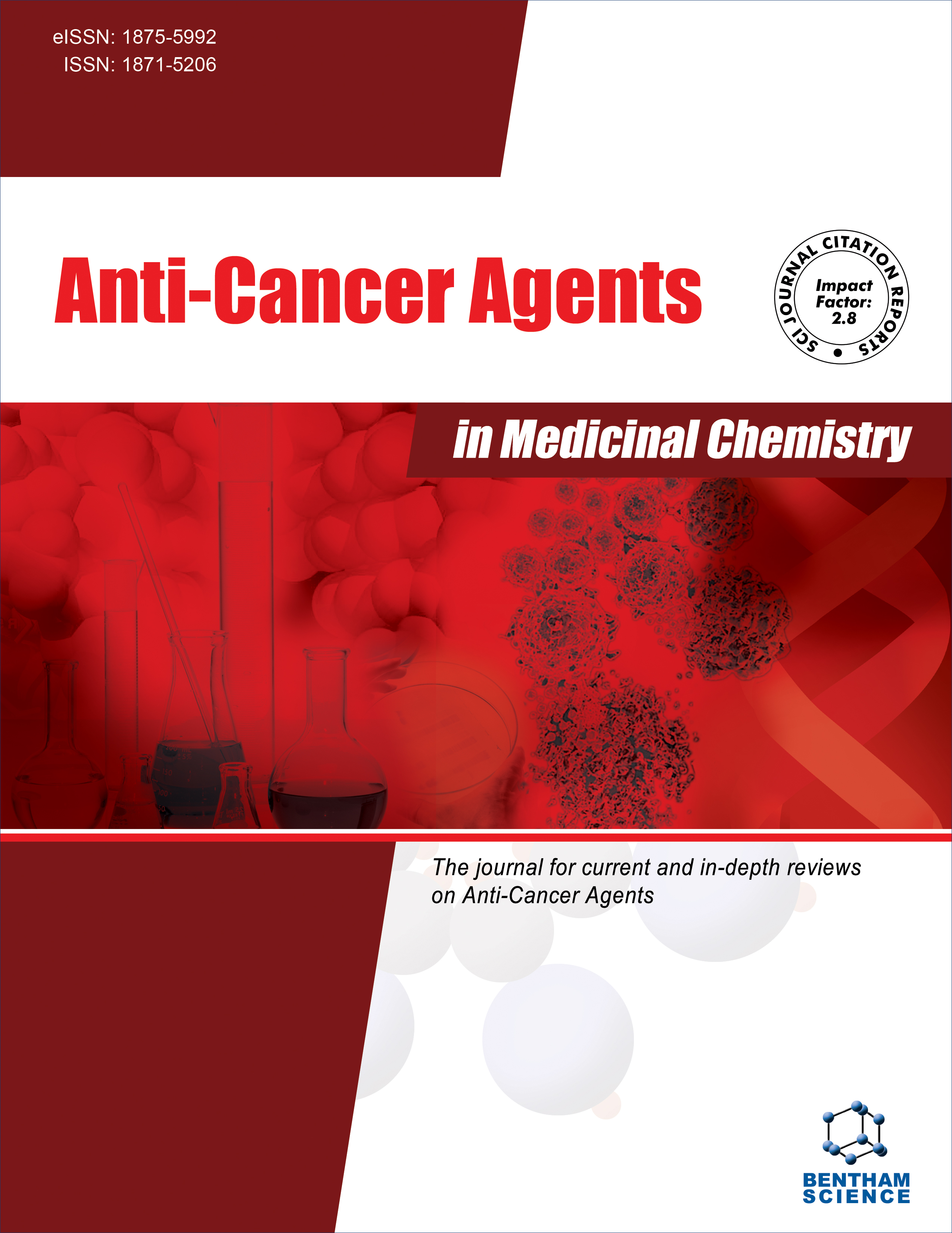
Full text loading...
Immunotherapy targeting PD-1/PD-L1 shows significant benefits in lung cancer. Cutaneous immune-related adverse events (irAEs) are frequent, early-developing side effects of ICIs, and their potential role as prognostic markers in non-small cell lung cancer (NSCLC) therapy requires further exploration.
Data of patients with NSCLC treated with camrelizumab Combined with chemotherapy were collected at Xuzhou Medical University from 2019 to 2023. Cutaneous irAEs were monitored using CTCAE v5.0, and therapeutic efficacy was assessed using RECIST 1.1 criteria for ORR and PFS. Multivariable Cox regression analysis identified independent predictors of PFS, and a nomogram was constructed to predict survival outcomes.
Data from 151 patients were analyzed. Significant differences in the objective response rate (ORR, P = 0.016) and progression-free survival (PFS, P < 0.0001) were detected between NSCLC patients, either with cirAEs or not. Besides, PFS was significantly different in NSCLC patients who were subgrouped by the time of first cutaneous irAEs occurrence (P = 0.011), duration of cutaneous irAEs (P = 0.002), grade of cutaneous irAEs (P = 0.002), the number of cutaneous irAEs(P = 0.021). The multivariable analysis also revealed that cirAEs were positively associated with survival outcomes (HR: 0.316, 95% CI, 0.193- 0.519, P<0.001) for PFS. The nomogram was formulated based on the results of multivariate analysis and validated using an internal bootstrap resampling approach, which showed that the nomogram exhibited a sufficient level of discrimination according to the C-index 0.80 (95% CI, 0.748-0.850).
The presence of cirAEs in NSCLC patients treated with camrelizumab combined with chemotherapy is indicative of better treatment efficacy and prognosis. This study supports the utility of cirAEs as biomarkers for predicting the validity of immunotherapy in NSCLC. It proposes a novel, multi-parameter prognostic model to assess patient outcomes more accurately.

Article metrics loading...

Full text loading...
References


Data & Media loading...
Supplements

